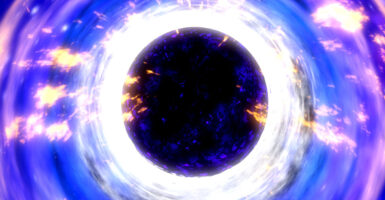Supermassive Black Hole Awakens In Real Time
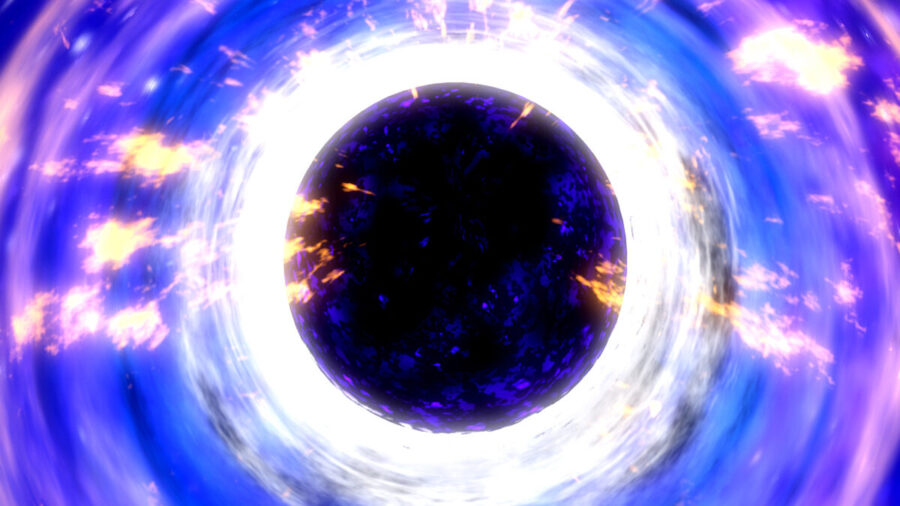
For the first time, astronomers believe they are witnessing the opening of a supermassive black hole in a distant galaxy. The unique celestial event was first noticed in 2019 but has become more interesting to scientists as it has progressed, making it clear that the phenomenon is unlike anything seen before. Taking place 300 million light-years away, the event being observed happened in the galaxy designated SDSS1335+0728.
Stumbling Across The Birth Of A Black Hole
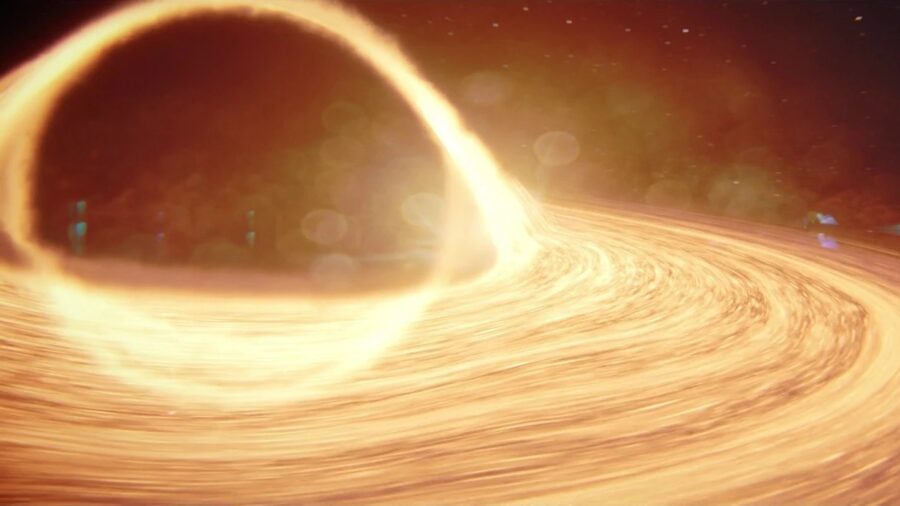
The phenomenon in question was first detected automatically by a telescope at the Palomar Observatory in California. Set to scan the sky every two days and provide data about what it detects, it brought the event to the attention of scientists. A team of engineers and astronomers began investigating the celestial event, eventually realizing it was the awakening of a supermassive black
Four Years Of Observation
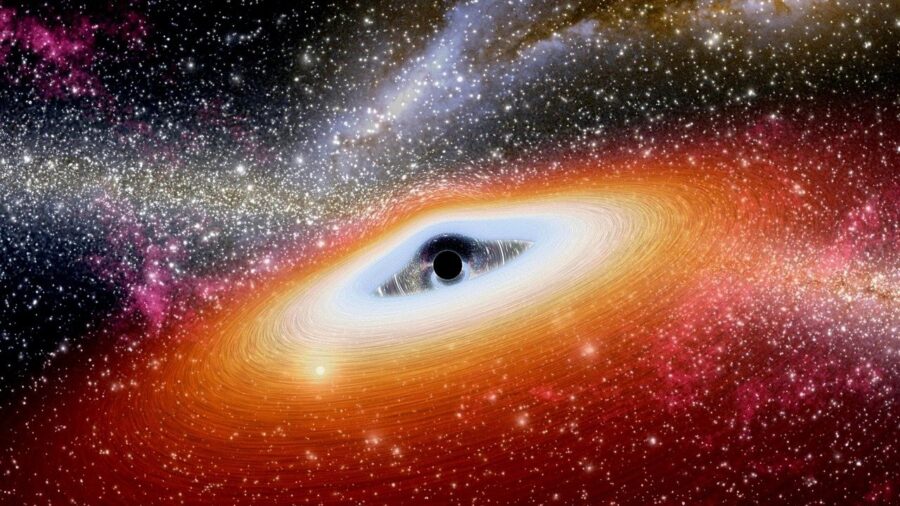
Other celestial events have caused galaxies to suddenly brighten before, which initially seemed like a more plausible explanation than a supermassive black hole awakening. Similar brightenings occur with supernova explosions or tidal disruption events caused by stars passing too close to black holes. However, those events last a few hundred days at the longest, and the event in SDSS1335+0728 has been going on for four years.
An Explosion Of Light
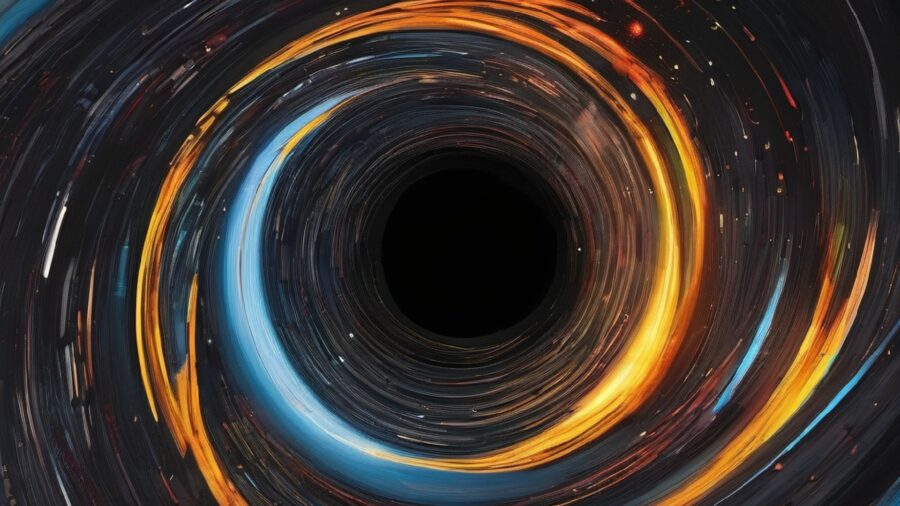
In search of pre-existing explanations, the team observing the phenomenon consulted archival data from various international astrological organizations. They found that the observations didn’t correlate to anything that had been observed before, with the galaxy suddenly emitting much more light and x-rays. The sudden but long-lasting brightening has led scientists to believe it’s a supermassive black hole opening, something that has never been observed before.
Watching Events That Unfolded Millions Of Years In The Past

While the existence of supermassive black holes has been long known, the details of their formation have been shrouded in mystery. With a mass greater than 100,000 times that of our sun, these celestial giants are typically found at the centers of galaxies. Usually, they are dormant and can’t be directly observed, making the chance to see one awakening an incredible scientific opportunity.
Of course, the several million light years between Earth and the awakening supermassive black hole means that scientists are observing events that happened millions of years ago. Situated in the Virgo constellation SDSS1335+0728 was considered unremarkable until 2019. Now it’s the center of an unprecedented celestial event, with scientists closely monitoring what happened to the galaxy.
The Answer To Long-Held Questions

While scientists believe the awakening of a supermassive black hole is the most likely explanation for what they’re seeing, there are other possibilities. An awakening event has never been observed, so there’s no past event to compare it to as a definitive example. An unusually slow tidal disruption event could also explain the phenomenon, and there’s always the possibility this event is a previously unknown celestial phenomenon.
Whether or not the event is the awakening of a supermassive black hole, the unprecedented nature of the event makes it worth studying for astrophysicists. It’s a celestial event unlike anything observed before it, and it could hold answers to mysteries about the formation of celestial giants that are usually impossible to observe. These types of unprecedented cosmic events are rare opportunities and scientists hope that new instruments will help them understand exactly what’s happening.
Source: CNN









